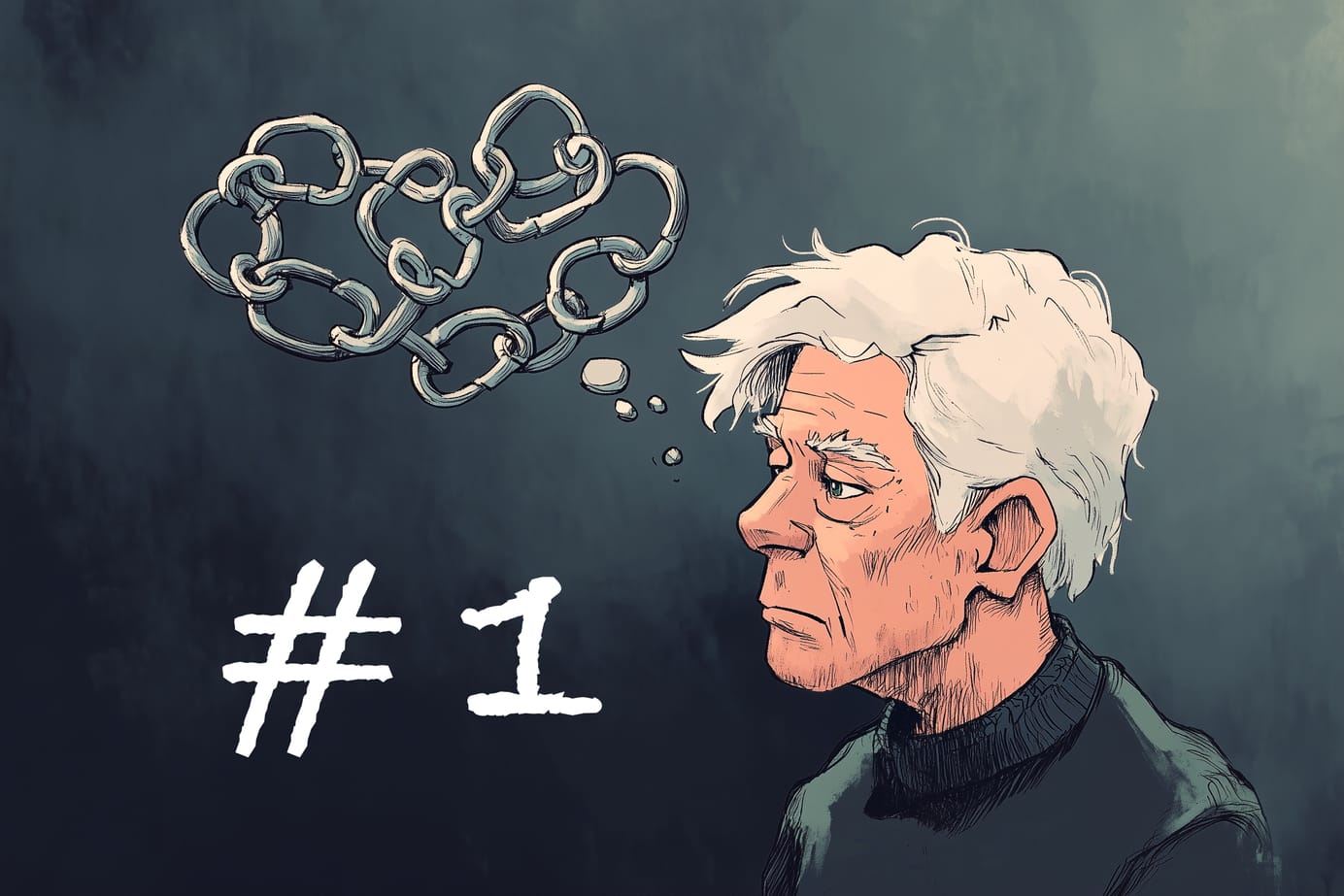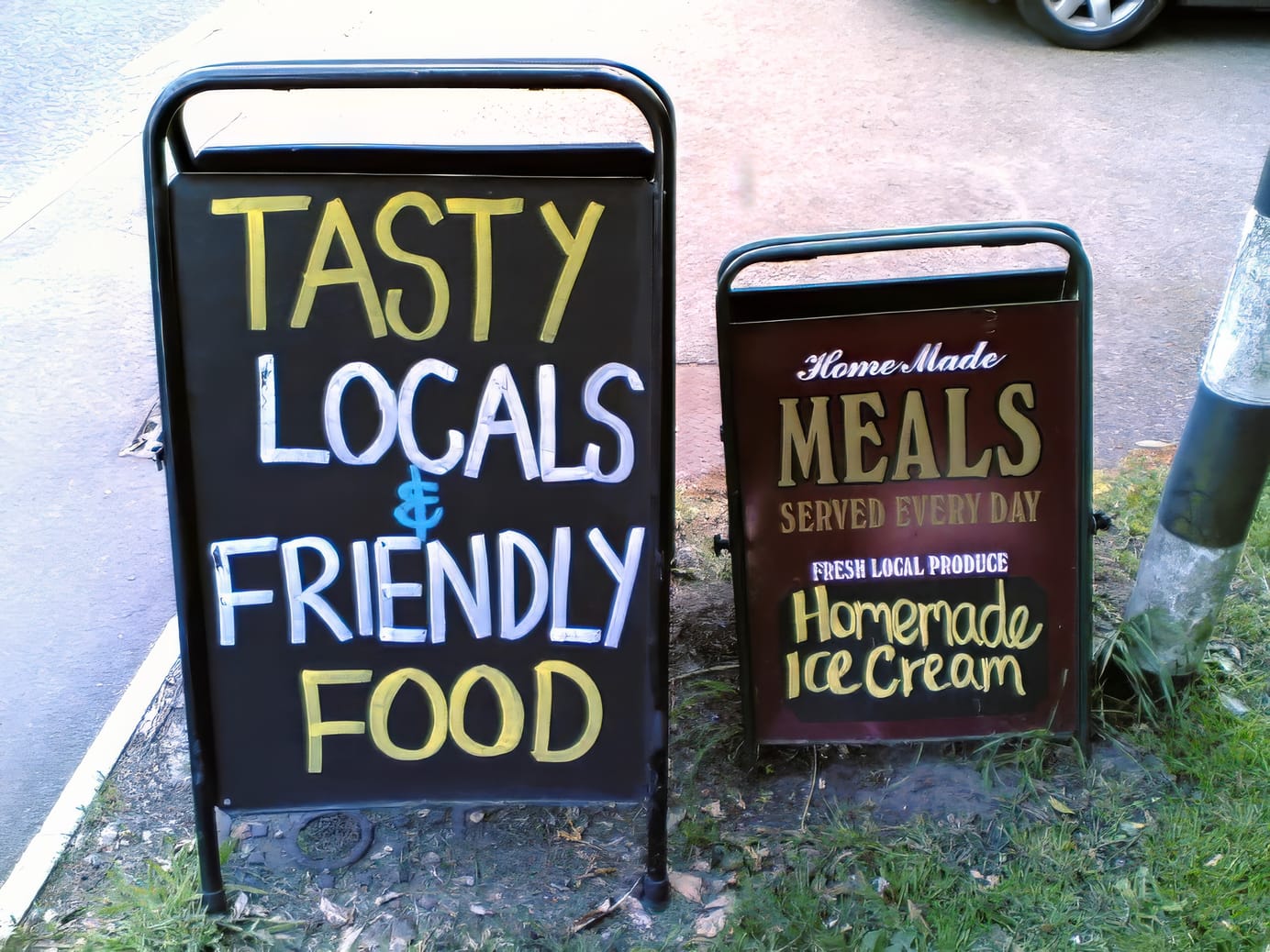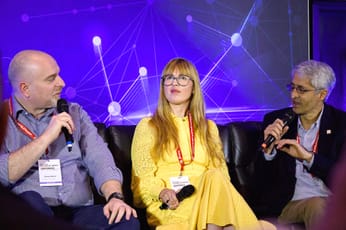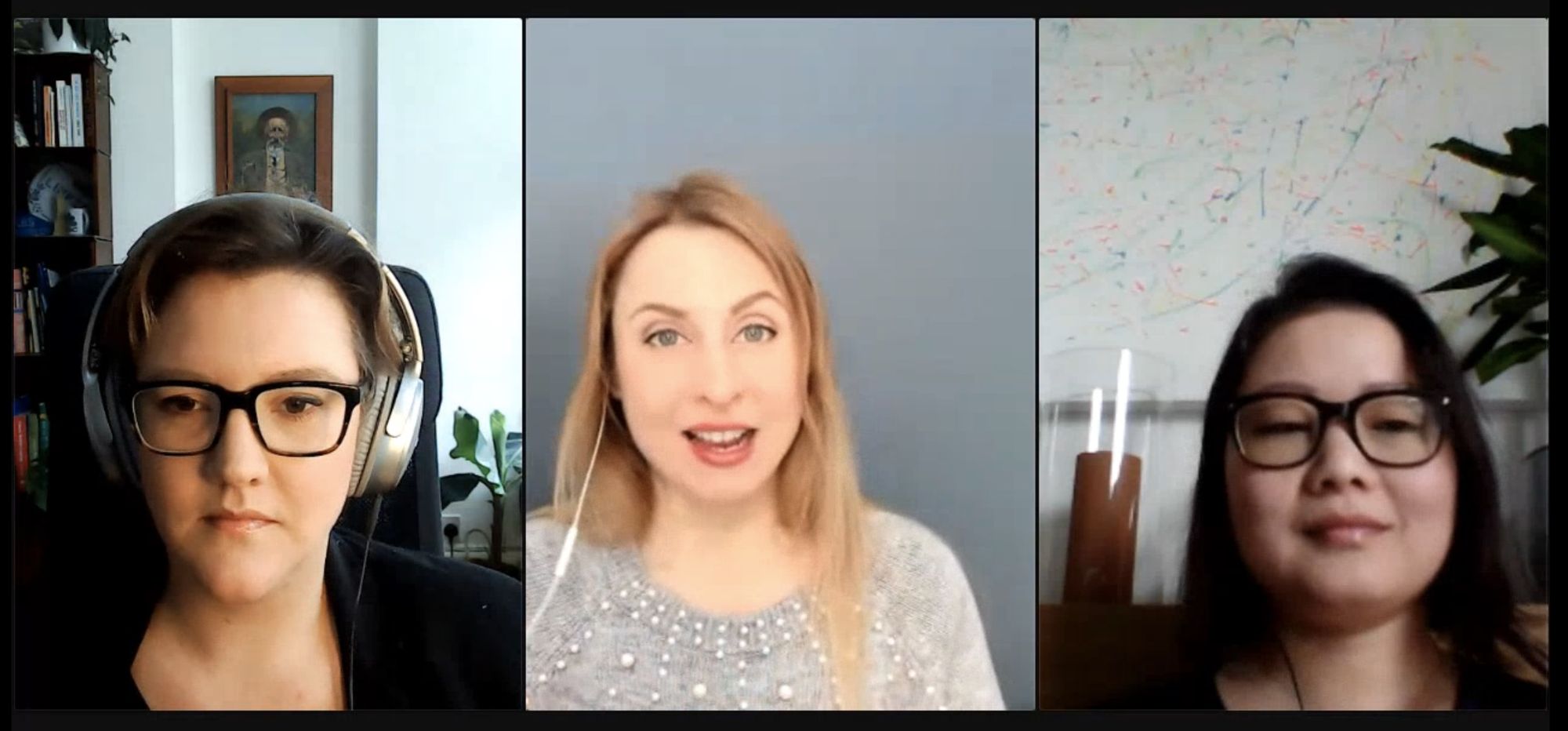
How do we make independent publishing more diverse?
Too many of the big names of independent newsletters are white, male and from predictable backgrounds. What's stopping more diverse voices succeeding?
Why are so many well-known newsletter writers white and male? Where’s the diversity in independent publishing? Journalism.co.uk held a panel discussion on that lack of diversity, and these are my quasi-liveblogged notes from a useful and insightful discussion.
Host: Marcela Kunova, editor, journalism.co.uk
Panel:
- Isabelle Roughol, producer of the independent newsletter and podcast Borderline
- Qin Xie, journalist and producer of Money Talk
- Thomas Baekdal, independent media analyst and publisher of Baekdal Plus.
Not all women struggle as independent creators, and not all men succeed, says Marcela, kicking off the event. But just because there are exceptions doesn’t mean there isn’t a rule.
The trend is of the independent creator is growing — but the most prominent and talked about journalists are white, male and based in the US. Is the lack of diversity in journalism is a structural problem? Well, if so, independent journalism should fix it. But very few women are making a living at it, compared to the men — why is that?
Isabelle Roughol, Borderline
Isabelle left her corporate role at LinkedIn at the end of January 2020, feeling that she had accomplished as much as she could there. She’s always been happier creating things than running them — she likes building the railroads, not managing the trains.
She’d been freelance once before, a decade ago, but this time she had confidence born of her time at LinkedIn — which had also left her with a financial cushion. Borderline is a business — but not yet a profitable one.
Qin Xie, Money Talk
Qin started her newsletter while furloughed in early 2020. Lots of journalists were losing their jobs, and as acting travel editor at The Independent at a time when travel had abruptly stopped, she had to rethink her career. She had a background in personal finance, and the subject didn’t clash with her day job, so it seemed like a good topic for a newsletter. It would be a great way to move into being an independent creator. These things take a while to build up and be profitable, so she never expected an overnight success.
When she went back to work, she could do the newsletter alongside her day job. But it was paid from the start. Because some people signed up for a year, she really felt she needed to keep delivering. Now her contract at the Indy has finished, she has the time to build it up to an independent business.
Having the time to do it full time makes it more likely that you will succeed, she suggests — but then you need to pay the bills. So, for her, it has been very much a side-hustle. It has opened other doors, but it’s nowhere near a stage where she can stop writing or other people.
She loves her day job, unlike many people who start a side-hustle because they aren’t happy with it.
Thomas Baekdal, Baekdal Plus
He started his first online magazine in the late 90s, he started something online in 2003 which failed. And in 2004, he started Baekdal Plus. Even with 1 million visitors a month, he didn’t get enough advertising revenue. So, in December 2010, he launched a paid subscription site for media trends and media analysis. He didn’t think his former job was going anywhere, so the site had to be his future.
It took a very long time to build up — three years before he was profitable.
Fear of failure
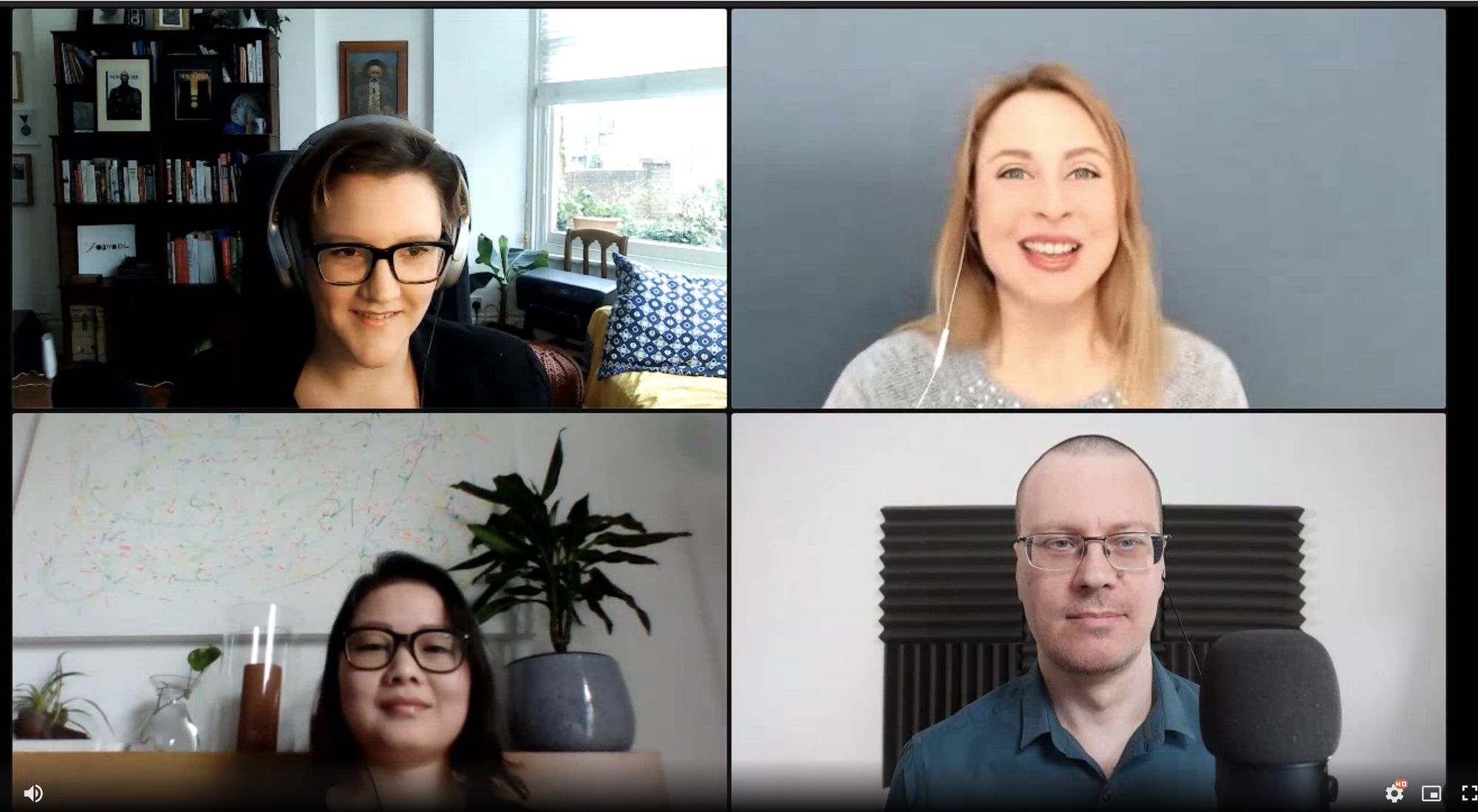
Marcela quoted from her conversations with Penelope Jones, of My So-Called Career, who was due to be on the panel, but who had to pull out. She suggested that the first thing you have to do to build a business is to take it seriously. You can’t set yourself up for success without doing so.
On the other hand, there’s nothing wrong with having a portfolio career. You know when you are successful — it’s what you define it to be.
There’s a fear of failure, or embarrassment, of having to close it and admit that you have failed. That fear of failure may be higher among women, suggested Marcela, and the pressure on women to succeed is higher. It’s really hard for women to fail.
Isabelle said she was in agony when she decided to leave LinkedIn. She felt, in part, that she was failing all women. Failure is a constant presence — the trick is to manage it as a sting that motivates you, not something that becomes paralysing.
Borderline is her full business — but it’s also a platform for other things, too. Her mind couldn’t be satisfied doing only one thing. The best sign of success is feedback from the community, and the sense is that it is something they need.
Thomas, on the other hand, didn’t feel the same way. Is he afraid about failure? No. Does he have anxiety about it? Yes. Every day. To him, not changing is the bigger problem. It is much more frightening than failure. On the other hand, he doesn’t believe you should try to fail as much as possible. You should never try to fail.
Fear of success
Qin isn’t suffering fear of the pressures that come with success (yet). Yes, there is the fear of people thinking that the newsletter not good enough, or delivering enough value. She joined the Ycombinator startup school, and they have lots of metrics for success and advice on how to frame it. For example, they say you can launch your product again and again because you’re always refining it for the audience.
However, Isabelle has imposter syndrome in abundance. She’s caught herself downplaying her work, and she’s had girlfriends tell her to stop doing that. They reassure her that what she’s doing with Borderline is good stuff. For women, the extra scrutiny that comes with success is very hard. If a Twitter thread goes viral, well, here come the trolls, she suggested. And when you write about immigration, things are worse.
Thomas also suffers with imposter syndrome. He came from outside the media industry, which doesn’t help. The first time he was commissioned by a big publisher to analyse their strategy was scary.
Diversity and safety online
You can’t be what you can’t see: you need to believe there’s a space to you, said Marcela. That’s why it’s important we see gender and racial diversity ion those who are succeeding. We need both profound diversity and inclusion. There are plenty of women in tabloids, but the way they are portrayed… They need the same space, voice, and platform as anyone else, she said.
Online harassment affects women, women of colour and women journalists of colour disproportionally. Any place where you register for payments, you need to register you address — and for many freelancers, that’s your home address. And that puts you in danger.
Thomas’s address is visible on Google. It was only a few years that he started to worry about that. However, he has female friends who created pseudonyms to interact online because they’d suffered so much harassment. But he never had to think about it.
Since a bad experience with a particular reader, Isabelle has had to be very cautious. She’s ended up slowing down her business growth because that caution holds back promotion efforts on personality-driven media. Qin doesn’t need to give out her address, thankfully — Substack gives a default, but if she ever needed to, she’d go for a PO Box or similar. The type of subject you write about makes a different — politics, tech and so attracts people who will track you down.
The creator economy is very personality-based, said Isabelle. You need to give more of yourself to build a relationship with your audience. And that’s good because you do get friends and good acquaintances, but you become more and more careful when you have bad experiences.
The Time Problem
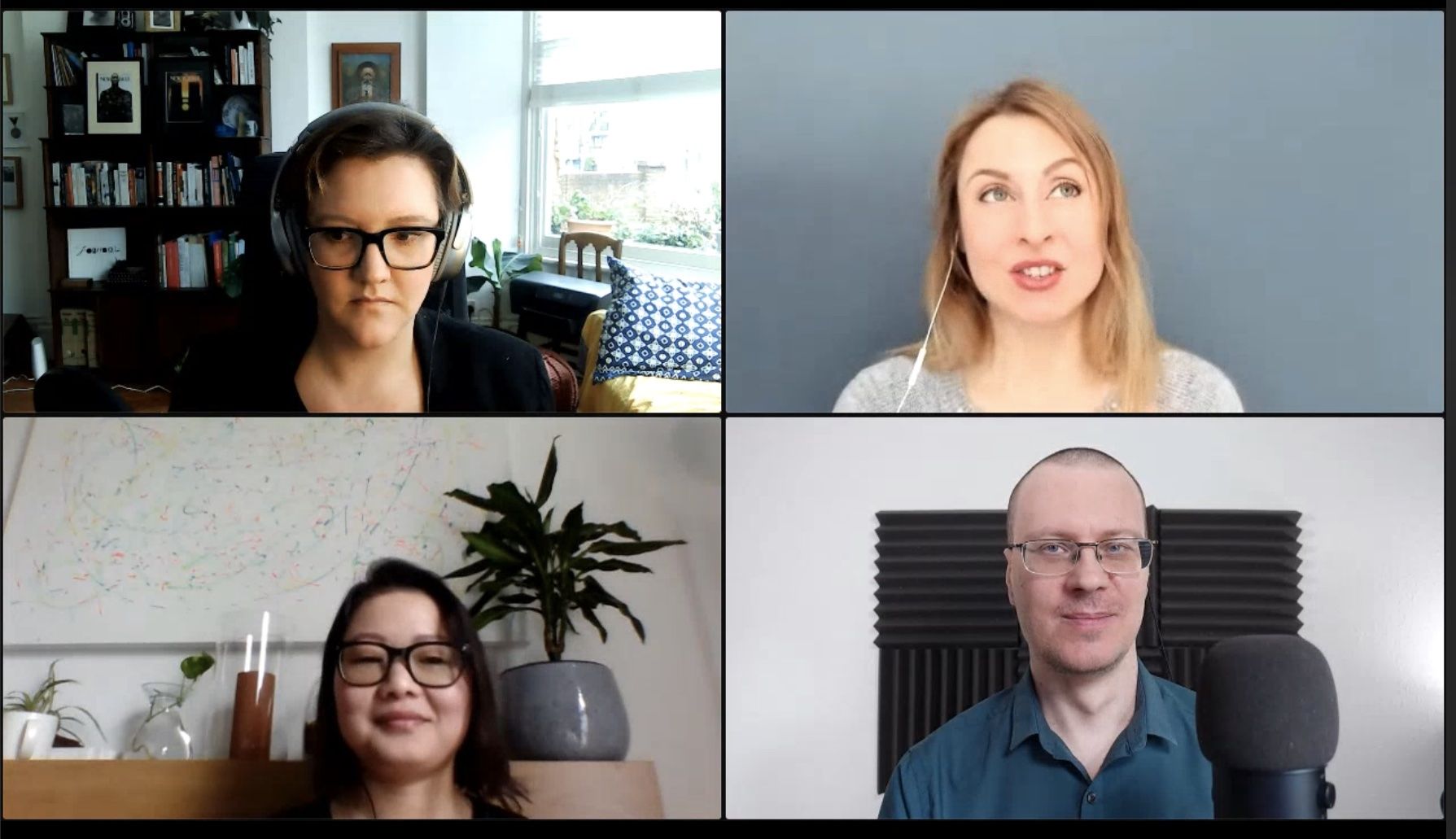
As a solo creator, there is no staff to delegate to. How do the panelists handle time pressure?
Qin sees a side-hustle is a good way to learn new things and develop your skills, as long as it’s not so close to your work that there’s a conflict of interest. She allowed herself a set amount of time for her newsletter, and she’s stuck to that. She has made changes to timings, though. The delivery slot was Sunday mornings, but that put too much pressure on her Saturdays. She’s happier since she switched to Sunday evenings.
Isabelle is a great believer in learning in public and getting customer feedback. It’s really helpful to get that feedback earlier on, and adapt that to the time you can give to it. She needs to find and book guests, record the interview, and then edit it — it’s a bonkers project to do, as it’s highly time-consuming. A newsletter is easier.
Thomas’s main value is his 30- to 40-page reports — so the only way he’s found to manage his time is to not have a deadline. Things come out when they’re done. And he does it full time.
Qin points out that you have to do your marketing, and Thomas added the fact that you have to do your own customer support, too. That all eats up time.
The loneliness of the long-distance independent creator
I had the chance to ask a question, so I asked about managing the loneliness of being an independent creator. It’s something I’ve struggled with over nine years in self-employment, and I was interested to see how the others handled it.
Thomas has the beginnings of a team: a copy-editor, and she’s the best hire he’s ever made — it’s wonderful to have someone else to look over things, he said. The lack of a team means you are constantly stressed, though. Isabelle is completely on her own. She is starting to think maybe she needs an accountant, or a website editor, to handle things she’s not an expert in, and which are not a good use of her time. She’s a bit paranoid about the lack of secondary fact-checking. She does find talking on Twitter with people helps, and having people in her network she can call on for advice.
Qin talks to people who do similar things quite a lot, and she feels she does have a network of people she can seek help from. It’s about reaching out to people who can support you in your work.
Advice for would-be independent creators
Qin: You can adapt your business again and again
Thomas: Focus a lot on what makes you unique, special, and different from all the others out there.
Isabelle: Just start. Put a stake in the ground. Build your platform, build that email list and control your own destiny. Be in charge.
Sign up for e-mail updates
Join the newsletter to receive the latest posts in your inbox.


